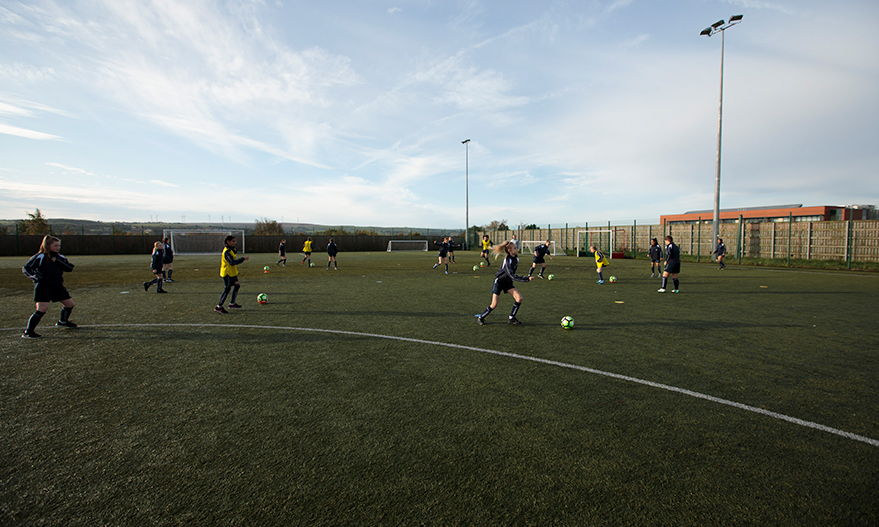
Practice design: parallel games
- The Boot Room
- 10 February 2021
Unsure where to start when designing practices? In a series of articles, we examine five games that can help you engage and develop your players during training. Here, we look at parallel games.
In parallel games, two (or more) pitches are set-up next to each other. This allows different activities to happen at the same time – and it's a great way to support the varied needs of your players. The key is to work on the same learning objective but assign specific rules to each pitch: rules that encourage the development of your team. Let's take a look at an example.
Imagine you're working with a group of mixed-ability players who need to practise finding and using space. A great starting point is to create a game that rewards keeping possession.
However, as the group is of mixed ability, some players will find this task easier than others. Implementing parallel games can help you to address this imbalance. Here's how they can be used in our example:
- Create two pitches.
- On pitch one, set-up a 4v4 game. Reward teams for the number of passes they make in the build-up to a goal. For instance, five passes and a goal equates to five points.
- On pitch two, make this activity harder – and challenge your most-skilled players. This could be as simple as switching the format to 5v3 to create an overload.
In addition to helping you manage difference, parallel games are a quick and easy way to kick-start training. Simply create your pitches before the session starts and write the rules for each area on a clearly visible whiteboard. As your team arrive, direct individuals to the pitch that best suits their developmental needs. Once players know what to do and where to go, they can run the games themselves.
Top tips when using parallel games:
- Set up the number of pitches you want alongside each other.
- Place the cones in a position where you only need to move them away if you transition to a bigger game.
- Have whiteboards with the scoring system or challenge on for players to follow easily.
- Try and ensure the challenges you set relate to their developmental needs and the wider session.
- Alternate which part of The FA Four Corner Model they’ll be working in to ensure their holistic development.
- Don’t be afraid to let the players adapt the challenges with support from you.
Watch the video below to see the parallel game that Sally Needham, former FA county coach developer, uses in one of her sessions.
Be sure to adapt the practice by applying the ‘STEP’ framework to increase or decrease the challenge for your players. This can also be used to help exaggerate, replicate or modify the games to ensure certain decisions or skills are amplified to help their development.
If you want to discover more ideas for your sessions, check out our article on target games.


